HSBC 2004 Annual Report Download - page 140
Download and view the complete annual report
Please find page 140 of the 2004 HSBC annual report below. You can navigate through the pages in the report by either clicking on the pages listed below, or by using the keyword search tool below to find specific information within the annual report.-
 1
1 -
 2
2 -
 3
3 -
 4
4 -
 5
5 -
 6
6 -
 7
7 -
 8
8 -
 9
9 -
 10
10 -
 11
11 -
 12
12 -
 13
13 -
 14
14 -
 15
15 -
 16
16 -
 17
17 -
 18
18 -
 19
19 -
 20
20 -
 21
21 -
 22
22 -
 23
23 -
 24
24 -
 25
25 -
 26
26 -
 27
27 -
 28
28 -
 29
29 -
 30
30 -
 31
31 -
 32
32 -
 33
33 -
 34
34 -
 35
35 -
 36
36 -
 37
37 -
 38
38 -
 39
39 -
 40
40 -
 41
41 -
 42
42 -
 43
43 -
 44
44 -
 45
45 -
 46
46 -
 47
47 -
 48
48 -
 49
49 -
 50
50 -
 51
51 -
 52
52 -
 53
53 -
 54
54 -
 55
55 -
 56
56 -
 57
57 -
 58
58 -
 59
59 -
 60
60 -
 61
61 -
 62
62 -
 63
63 -
 64
64 -
 65
65 -
 66
66 -
 67
67 -
 68
68 -
 69
69 -
 70
70 -
 71
71 -
 72
72 -
 73
73 -
 74
74 -
 75
75 -
 76
76 -
 77
77 -
 78
78 -
 79
79 -
 80
80 -
 81
81 -
 82
82 -
 83
83 -
 84
84 -
 85
85 -
 86
86 -
 87
87 -
 88
88 -
 89
89 -
 90
90 -
 91
91 -
 92
92 -
 93
93 -
 94
94 -
 95
95 -
 96
96 -
 97
97 -
 98
98 -
 99
99 -
 100
100 -
 101
101 -
 102
102 -
 103
103 -
 104
104 -
 105
105 -
 106
106 -
 107
107 -
 108
108 -
 109
109 -
 110
110 -
 111
111 -
 112
112 -
 113
113 -
 114
114 -
 115
115 -
 116
116 -
 117
117 -
 118
118 -
 119
119 -
 120
120 -
 121
121 -
 122
122 -
 123
123 -
 124
124 -
 125
125 -
 126
126 -
 127
127 -
 128
128 -
 129
129 -
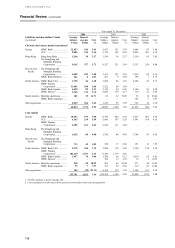 130
130 -
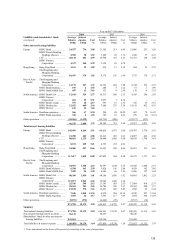 131
131 -
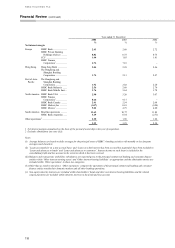 132
132 -
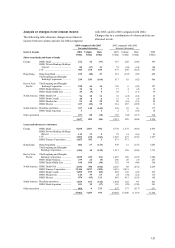 133
133 -
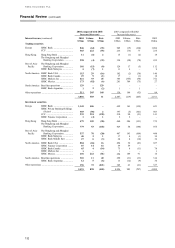 134
134 -
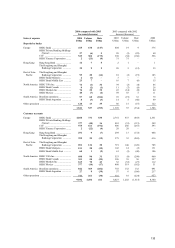 135
135 -
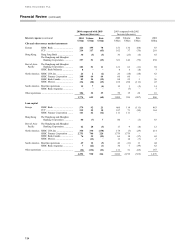 136
136 -
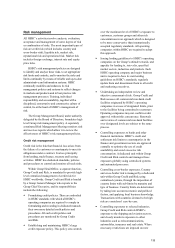 137
137 -
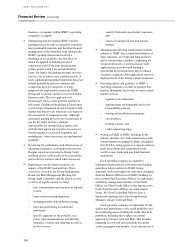 138
138 -
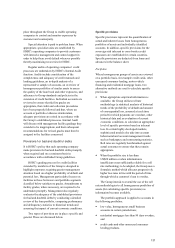 139
139 -
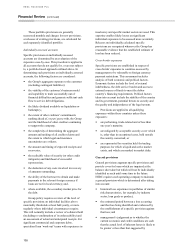 140
140 -
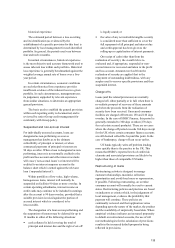 141
141 -
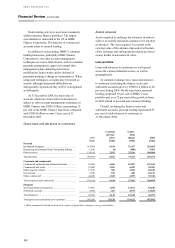 142
142 -
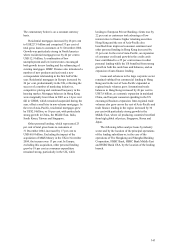 143
143 -
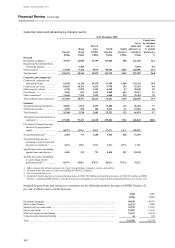 144
144 -
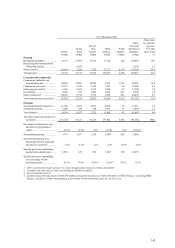 145
145 -
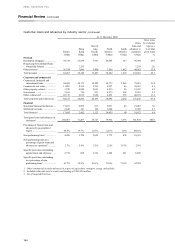 146
146 -
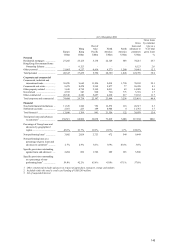 147
147 -
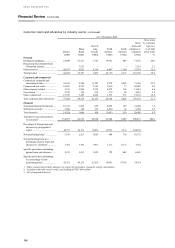 148
148 -
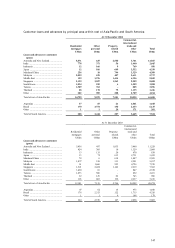 149
149 -
 150
150 -
 151
151 -
 152
152 -
 153
153 -
 154
154 -
 155
155 -
 156
156 -
 157
157 -
 158
158 -
 159
159 -
 160
160 -
 161
161 -
 162
162 -
 163
163 -
 164
164 -
 165
165 -
 166
166 -
 167
167 -
 168
168 -
 169
169 -
 170
170 -
 171
171 -
 172
172 -
 173
173 -
 174
174 -
 175
175 -
 176
176 -
 177
177 -
 178
178 -
 179
179 -
 180
180 -
 181
181 -
 182
182 -
 183
183 -
 184
184 -
 185
185 -
 186
186 -
 187
187 -
 188
188 -
 189
189 -
 190
190 -
 191
191 -
 192
192 -
 193
193 -
 194
194 -
 195
195 -
 196
196 -
 197
197 -
 198
198 -
 199
199 -
 200
200 -
 201
201 -
 202
202 -
 203
203 -
 204
204 -
 205
205 -
 206
206 -
 207
207 -
 208
208 -
 209
209 -
 210
210 -
 211
211 -
 212
212 -
 213
213 -
 214
214 -
 215
215 -
 216
216 -
 217
217 -
 218
218 -
 219
219 -
 220
220 -
 221
221 -
 222
222 -
 223
223 -
 224
224 -
 225
225 -
 226
226 -
 227
227 -
 228
228 -
 229
229 -
 230
230 -
 231
231 -
 232
232 -
 233
233 -
 234
234 -
 235
235 -
 236
236 -
 237
237 -
 238
238 -
 239
239 -
 240
240 -
 241
241 -
 242
242 -
 243
243 -
 244
244 -
 245
245 -
 246
246 -
 247
247 -
 248
248 -
 249
249 -
 250
250 -
 251
251 -
 252
252 -
 253
253 -
 254
254 -
 255
255 -
 256
256 -
 257
257 -
 258
258 -
 259
259 -
 260
260 -
 261
261 -
 262
262 -
 263
263 -
 264
264 -
 265
265 -
 266
266 -
 267
267 -
 268
268 -
 269
269 -
 270
270 -
 271
271 -
 272
272 -
 273
273 -
 274
274 -
 275
275 -
 276
276 -
 277
277 -
 278
278 -
 279
279 -
 280
280 -
 281
281 -
 282
282 -
 283
283 -
 284
284 -
 285
285 -
 286
286 -
 287
287 -
 288
288 -
 289
289 -
 290
290 -
 291
291 -
 292
292 -
 293
293 -
 294
294 -
 295
295 -
 296
296 -
 297
297 -
 298
298 -
 299
299 -
 300
300 -
 301
301 -
 302
302 -
 303
303 -
 304
304 -
 305
305 -
 306
306 -
 307
307 -
 308
308 -
 309
309 -
 310
310 -
 311
311 -
 312
312 -
 313
313 -
 314
314 -
 315
315 -
 316
316 -
 317
317 -
 318
318 -
 319
319 -
 320
320 -
 321
321 -
 322
322 -
 323
323 -
 324
324 -
 325
325 -
 326
326 -
 327
327 -
 328
328 -
 329
329 -
 330
330 -
 331
331 -
 332
332 -
 333
333 -
 334
334 -
 335
335 -
 336
336 -
 337
337 -
 338
338 -
 339
339 -
 340
340 -
 341
341 -
 342
342 -
 343
343 -
 344
344 -
 345
345 -
 346
346 -
 347
347 -
 348
348 -
 349
349 -
 350
350 -
 351
351 -
 352
352 -
 353
353 -
 354
354 -
 355
355 -
 356
356 -
 357
357 -
 358
358 -
 359
359 -
 360
360 -
 361
361 -
 362
362 -
 363
363 -
 364
364 -
 365
365 -
 366
366 -
 367
367 -
 368
368 -
 369
369 -
 370
370 -
 371
371 -
 372
372 -
 373
373 -
 374
374 -
 375
375 -
 376
376 -
 377
377 -
 378
378
 |
 |

HSBC HOLDINGS PLC
Financial Review (continued)
138
These portfolio provisions are generally
reassessed monthly and charges for new provisions,
or releases of existing provisions, are calculated for
each separately identified portfolio.
Individually assessed accounts
Specific provisions on individually assessed
accounts are determined by an evaluation of the
exposures case-by-case. This procedure is applied to
all accounts that do not qualify for, or are not subject
to, a portfolio-based approach outlined above. In
determining such provisions on individually assessed
accounts, the following factors are considered:
• the Group’ s aggregate exposure to the customer
(including contingent liabilities);
• the viability of the customer’s business model
and capability to trade successfully out of
financial difficulties and generate sufficient cash
flow to service debt obligations;
• the likely dividend available on liquidation or
bankruptcy;
• the extent of other creditors’ commitments
ranking ahead of, or pari passu with, the Group
and the likelihood of other creditors continuing
to support the company;
• the complexity of determining the aggregate
amount and ranking of all creditor claims and
the extent to which legal and insurance
uncertainties are evident;
• the amount and timing of expected receipts and
recoveries;
• the realisable value of security (or other credit
mitigants) and likelihood of successful
repossession;
• the deduction of any costs involved in recovery
of amounts outstanding;
• the ability of the borrower to obtain and make
payments in the relevant foreign currency if
loans are not in local currency; and,
• where available, the secondary market price for
the debt.
Group policy requires a review of the level of
specific provisions on individual facilities above
materiality thresholds at least half-yearly, or more
regularly where individual circumstances require.
This will normally include a review of collateral held
(including re-confirmation of its enforceability) and
an assessment of actual and anticipated receipts. For
significant commercial and corporate debts,
specialised loan ‘work-out’ teams with experience in
insolvency and specific market sectors are used. This
expertise enables likely losses on significant
individual exposures to be assessed more accurately.
Releases on individually calculated specific
provisions are recognised whenever the Group has
reasonable evidence that the established estimate of
loss has been reduced.
Cross-border exposures
Specific provisions are established in respect of
cross-border exposures to countries assessed by
management to be vulnerable to foreign currency
payment restrictions. This assessment includes
analysis of both economic and political factors.
Economic factors include the level of external
indebtedness, the debt service burden and access to
external sources of funds to meet the debtor
country’ s financing requirements. Political factors
taken into account include the stability of the country
and its government, potential threats to security and
the quality and independence of the legal system.
Provisions are applied to all qualifying
exposures within these countries unless these
exposures:
• are performing, trade-related and of less than
one year’ s maturity;
• are mitigated by acceptable security cover which
is, other than in exceptional cases, held outside
the country concerned; or
• are represented by securities held for trading
purposes for which a liquid and active market
exists, and which are marked to market daily.
General provisions
General provisions augment specific provisions and
provide cover for loans which are impaired at the
balance sheet date but which will not be individually
identified as such until some time in the future.
HSBC requires each operating company to maintain
a general provision which is determined after taking
into account:
• historical loss experience in portfolios of similar
risk characteristics, for example, by industry
sector, loan grade or product;
• the estimated period between a loss occurring
and that loss being identified and evidenced by
the establishment of a specific provision against
that loss; and
• management’ s judgement as to whether the
current economic and credit conditions are such
that the actual level of inherent losses is likely to
be greater or less than that suggested by
